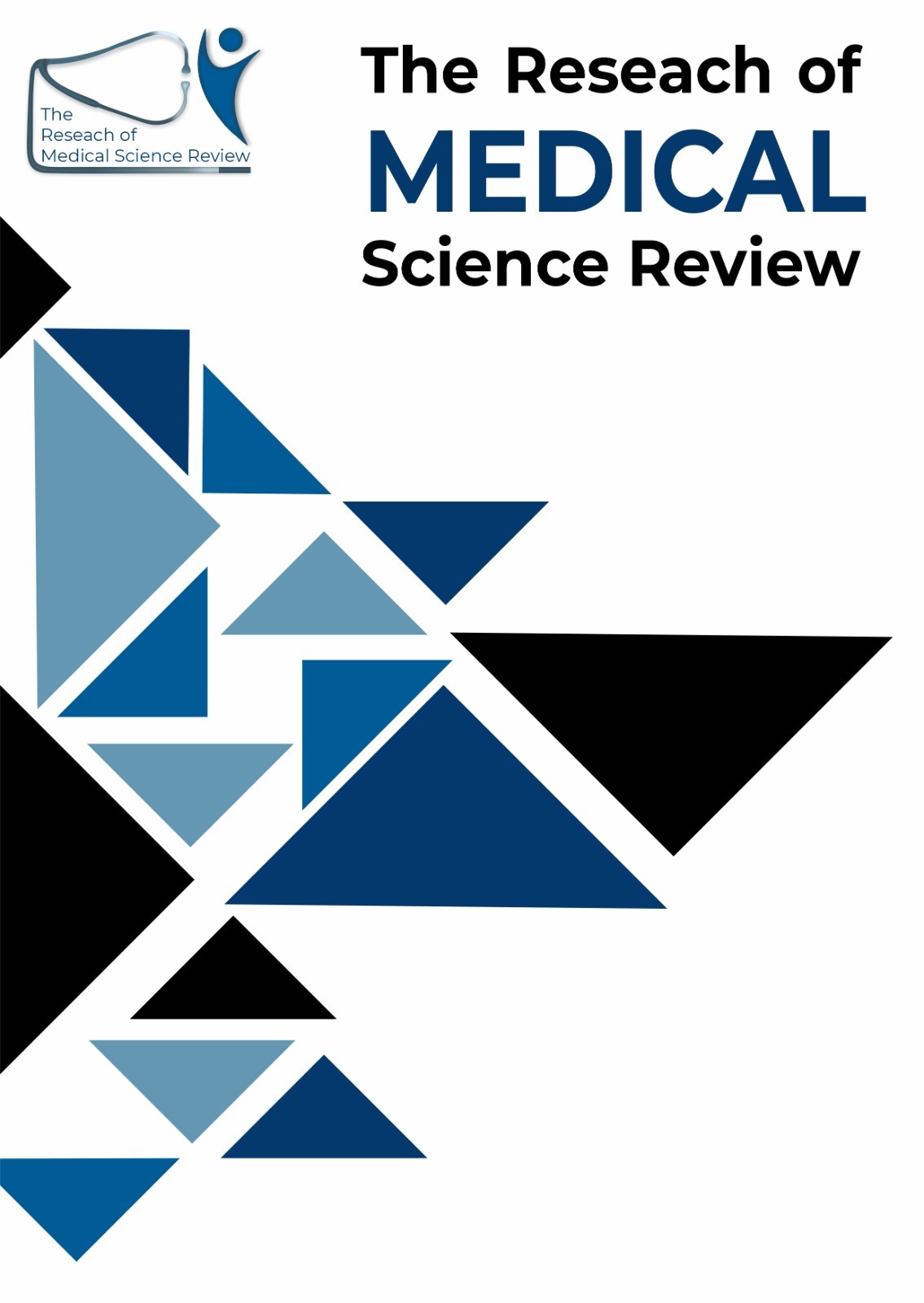PREVALENCE AND ANTIBIOTIC RESISTANCE OF MBL-PRODUCING GRAM-NEGATIVE RODS IN A TERTIARY CARE HOSPITAL
Main Article Content
Abstract
Antibiotic-resistant infections are becoming a global threat to public health as these are associated with higher morbidity and mortality rates. Various types of β-lactamases including metallo-beta lactamases (MBLs) are contributing to rapid dissemination of drug resistance among pathogens. This study was conducted to determine the antibiotic susceptibility profile of and prevalence of MBL producers among Gram-negative bacilli isolated from a Southern Punjab sub-population from January to June 2024. For this purpose, a total of 300 clinical specimens were cultured for bacterial isolation followed by Gram-staining. 100 isolates of Gram-negative rods were biochemically identified in a tertiary care hospital, followed by antibiotic susceptibility testing using Kirby-Bauer disc diffusion method and MBL detection using double disk synergy and combined disk tests. The isolates included Pseudomonas spp. (N=48), E. coli (N=25), Klebsiella spp. (N=12), Proteus spp. (N=8), and Acinetobacter spp. (N=7). Colistin was the most effective antibiotic as none of the isolates was resistant to it. Tigecycline was also highly effective with a resistance rate of 30%. Amikacin, Ampicillin, Cefixime, and Ceftriaxone were the most ineffective antibiotics as all of the isolates were resistant to these. Ceftazidime, Gentamicin, and Sulfamethoxazole/Trimethoprim were also largely ineffective because ≥80% of the isolates manifested resistance to these. Overall, 61 isolates were likely MBL- producers and 39 were not. The highest prevalence of MBL was observed among Acinetobacter spp. (86%) followed by E. coli (68.0%), Proteus spp., (63%), Pseudomonas spp. (60%), and Klebsiella spp. (33.3%), respectively. A high prevalence of antibiotic resistance and MBL production among Gram-negative rods is highly concerning. Hence, implementing and maintaining stringent infection control measures and mitigating the spread of antibiotic resistance is the need of the hour.
Downloads
Article Details
Section

This work is licensed under a Creative Commons Attribution-NonCommercial-NoDerivatives 4.0 International License.
